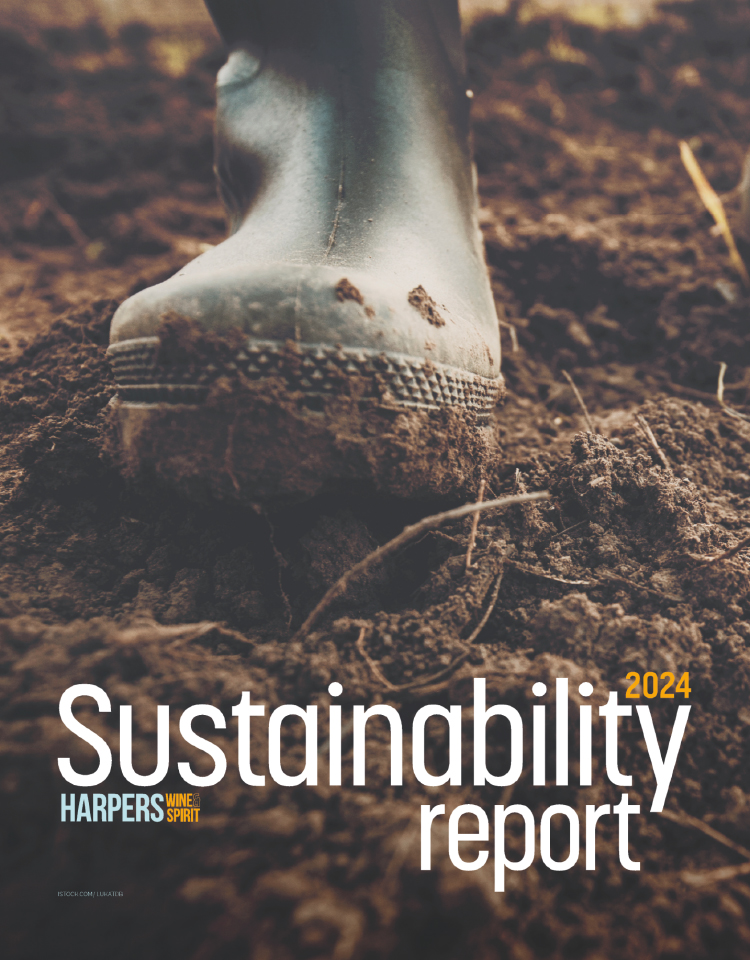TWO-THIRDS' OF RED WINE CONTAMINATED BY BRETT
Renowned wine scientist Pascal Chatonnet has claimed that incidences of Brettanomyces in red wines are much higher than previously thought.
Speaking in London last week at an Amorim-sponsored faults clinic, Chatonnet said that for Brett characteristics to become noticeable in a wine, the concentration has to be above 600 micrograms per litre. Chatonnet conducted a survey five years ago, which showed that 28% of red wines were above this threshold. But now, he estimates this figure to be closer to 60-70%.
He said: Under 500 micrograms/litre, it can add to the complexity, but above that it is very noticeable as a fault. But if you don't want any Brett in your wines at all, it's very, very difficult.
I first presented my thesis in 1991, and people weren't interested, but now, people are taking it more seriously. The industry was quite closed up around five years ago, and an industry that doesn't move will disappear.'
The aim of the faults clinic was to help recognise a range of different problems in wines, with the underlying message that cork isn't always to blame. Chatonnet presented the same wine, a red Vin de Pays, spiked with specific concentrations of various chemicals. After showing three concentrations of 2,4,6-trichloroanisole (TCA), the primary compound responsible for cork taint, he showed another potent musty-tasting compound, tribromoanisol (TBA), which Chatonnet has detected in wines, yet which isn't found in corks. Instead, TBA is formed from a precursor compound, tribromophenol (TBP), which is widely used as a timber preservative and flame retardant. Many wineries which use wood in their construction, or allow wooden pallets (80% of which are treated with TBP) into their cellars, are at risk of contaminating their wines with TBA. Indeed, there have already been some high-profile cases where entire batches of wine have been tainted this way through timber structures treated with the related PCP (pentachlorophenol), which leads to environmental TCA contamination.
Chatonnet also showed a wine spiked with MDMP (2-methoxy-3,5-dimethyl-pyrazine), a newly discovered compound present in corks which has an earthy, woody, musty aroma. Some commentators suspect this may be second in importance only to TCA in cork taint, although so far no survey of the occurrence of MDMP in wines has been carried out.
By Jamie Goode






